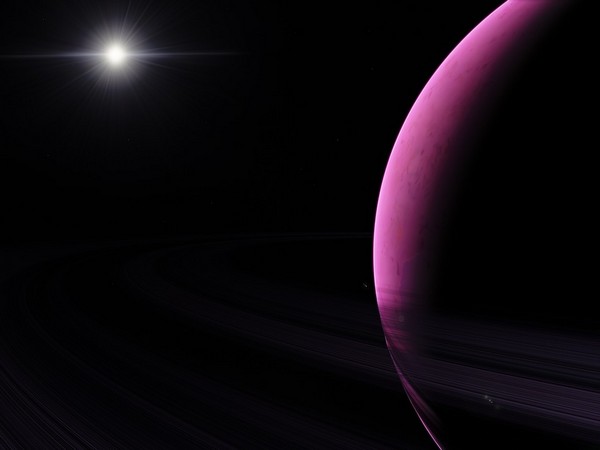UK to invest £30 million in ESA's exoplanet mission 'Ariel'

- Country:
- United Kingdom
The UK Government will invest £30 million in the European Space Agency's Ariel exoplanet mission. With this investment, the UK is taking a lead role in the agency's future mission to explore planets beyond our solar system.
The £30 million is provided through the UK Space Agency's National Space Science Programme. This investment will secure the UK's scientific leadership of the mission and will incorporate the delivery of Ariel's payload module, cryogenic cooler and optical ground support equipment, as well as science operations and data processing, the UK Space Agency said in a statement on Saturday.
"By investing £30 million and taking the helm of the entire Ariel consortium – the first time in a decade that we have secured leadership for a mission of this magnitude – we are putting the UK at the heart of international space research, providing new opportunities for space businesses and academics across the country," said Science Minister George Freeman.
The UK will invest £30 million in @ESA's #Ariel exoplanet telescope, securing a leading role in the mission. 🛰️Due to launch in 2029, Ariel will teach us more about what distant worlds are made of, with world-class UK space science at its heart. 🔭🌑https://t.co/Pp0GIyuDEC
— UK Space Agency (@spacegovuk) June 18, 2022
Scheduled for launch in 2029, the Atmospheric Remote-sensing Infrared Exoplanet Large-survey, or Ariel, will study what exoplanets are made of, how they formed and how they evolve, by surveying a diverse sample of about 1000 extrasolar planets, simultaneously in visible and infrared wavelengths.
With a focus on warm and hot planets, ranging from super-Earths to gas giants orbiting close to their parent stars, the mission will the chemical composition and thermal structures as they cross in front of their host star. It will also perform a deep survey of cloud systems of a select number of exoplanets and study seasonal and daily atmospheric variations.
Ariel was selected as the fourth medium-class mission in ESA's Cosmic Vision programme. The 4-year exoplanet mission has moved from study to implementation phase.
The mission will launch on ESA's new Ariane 6 rocket from Europe's spaceport in Kourou and operate from an orbit around the second Lagrange point (L2), 1.5 million kilometres directly behind Earth as viewed from the Sun.










